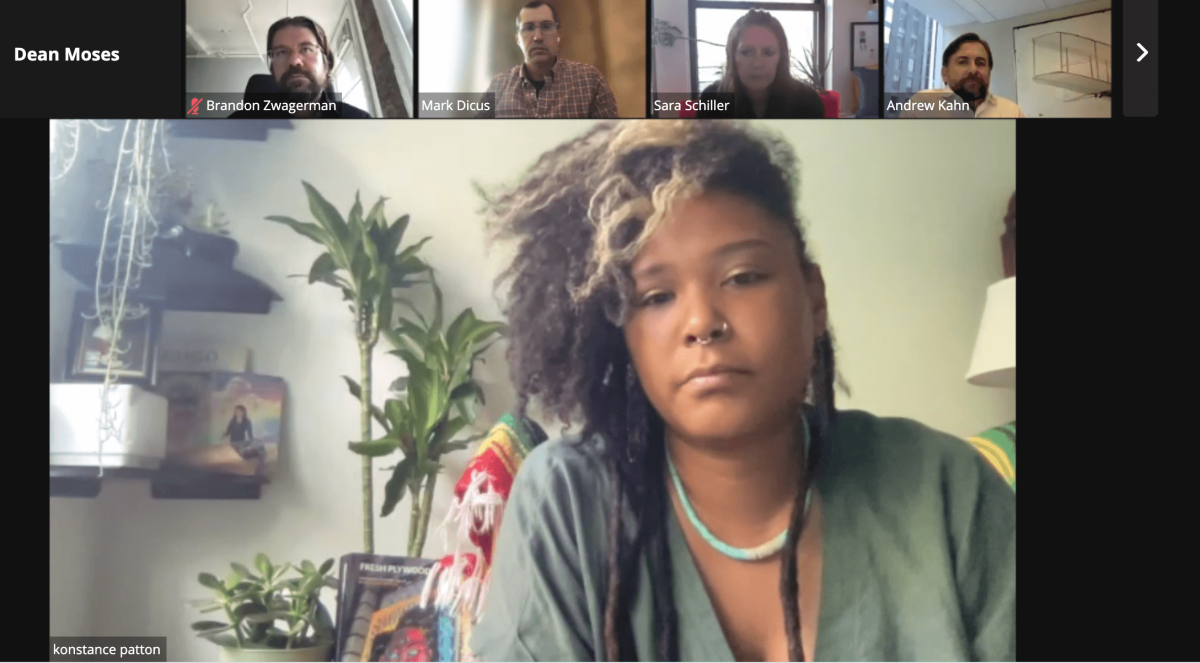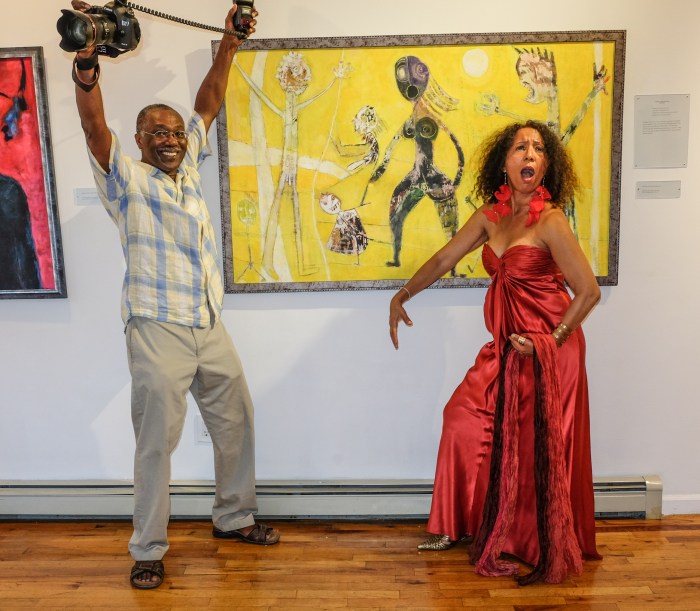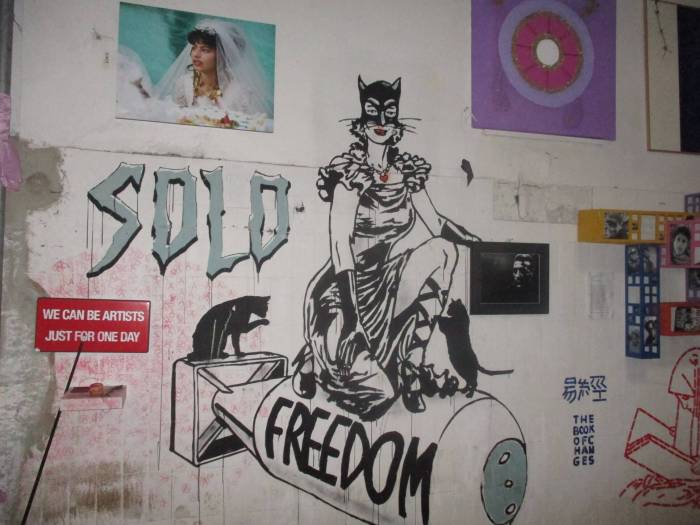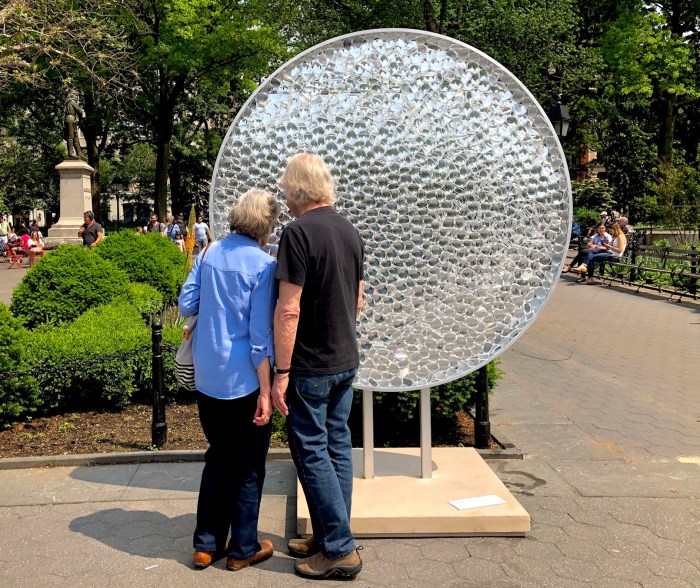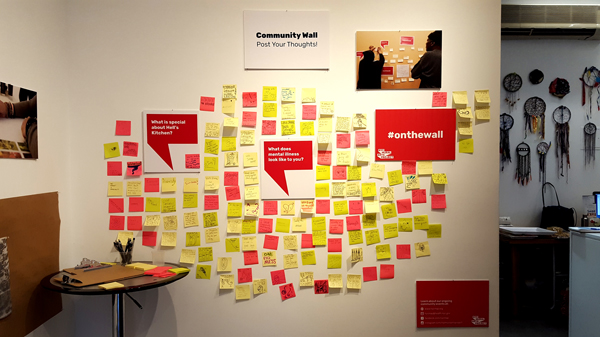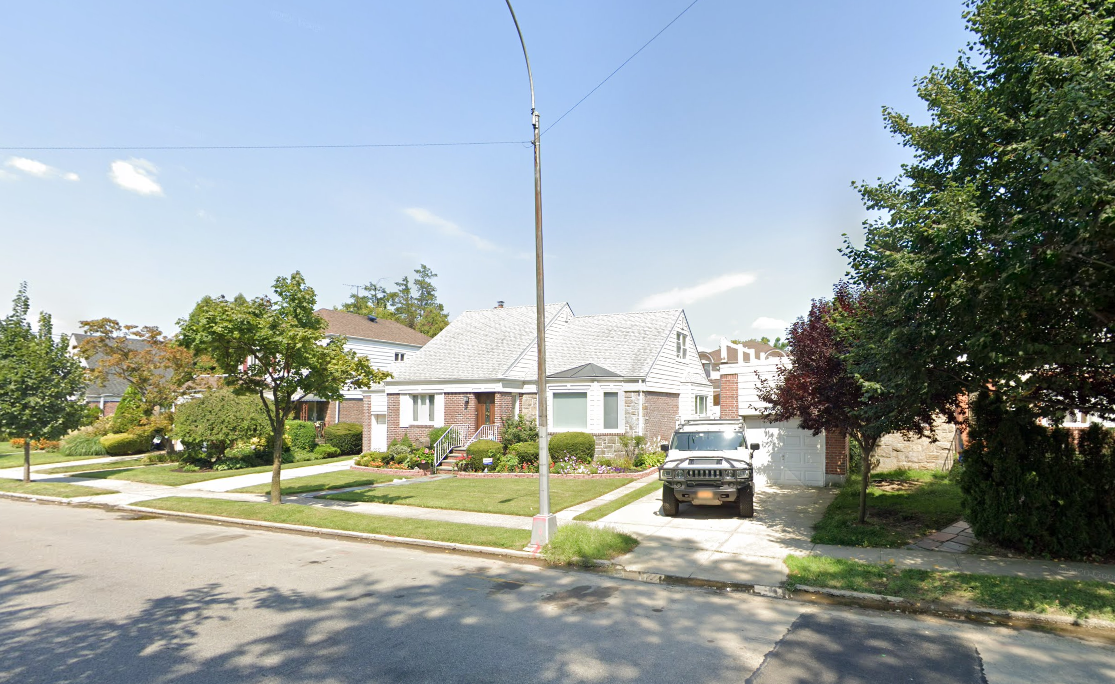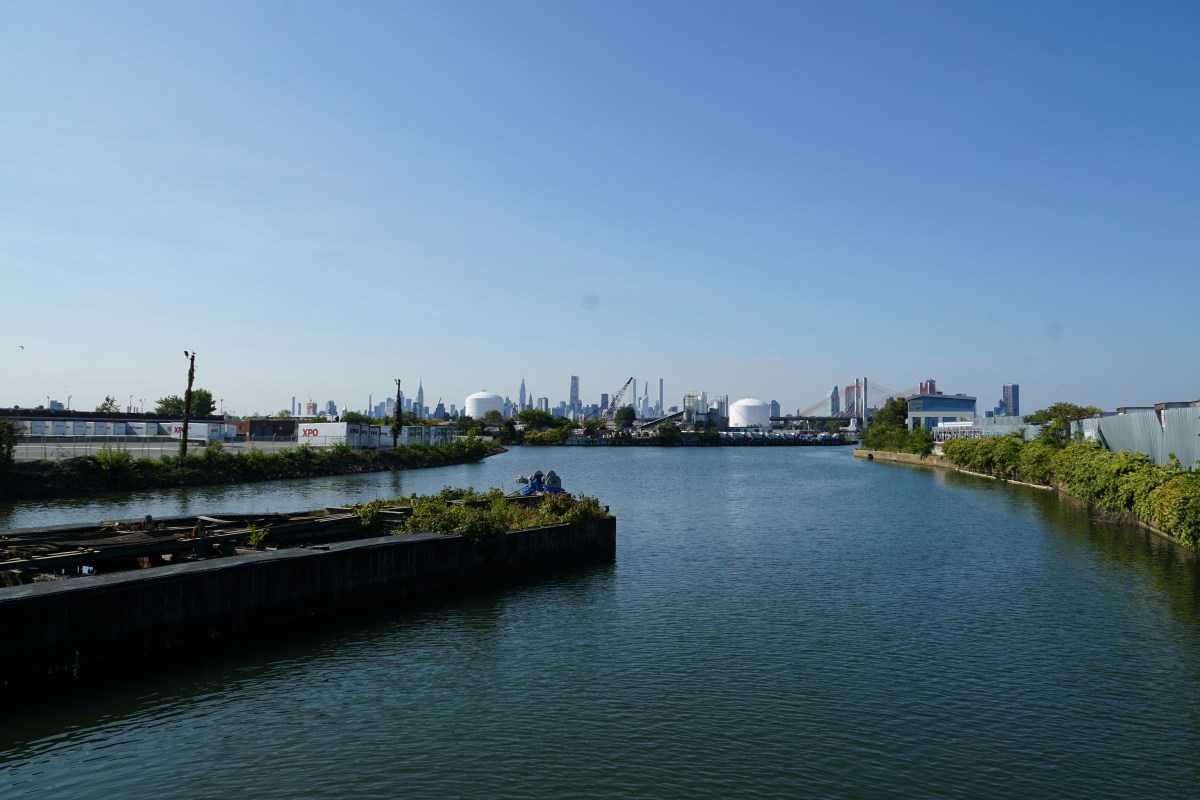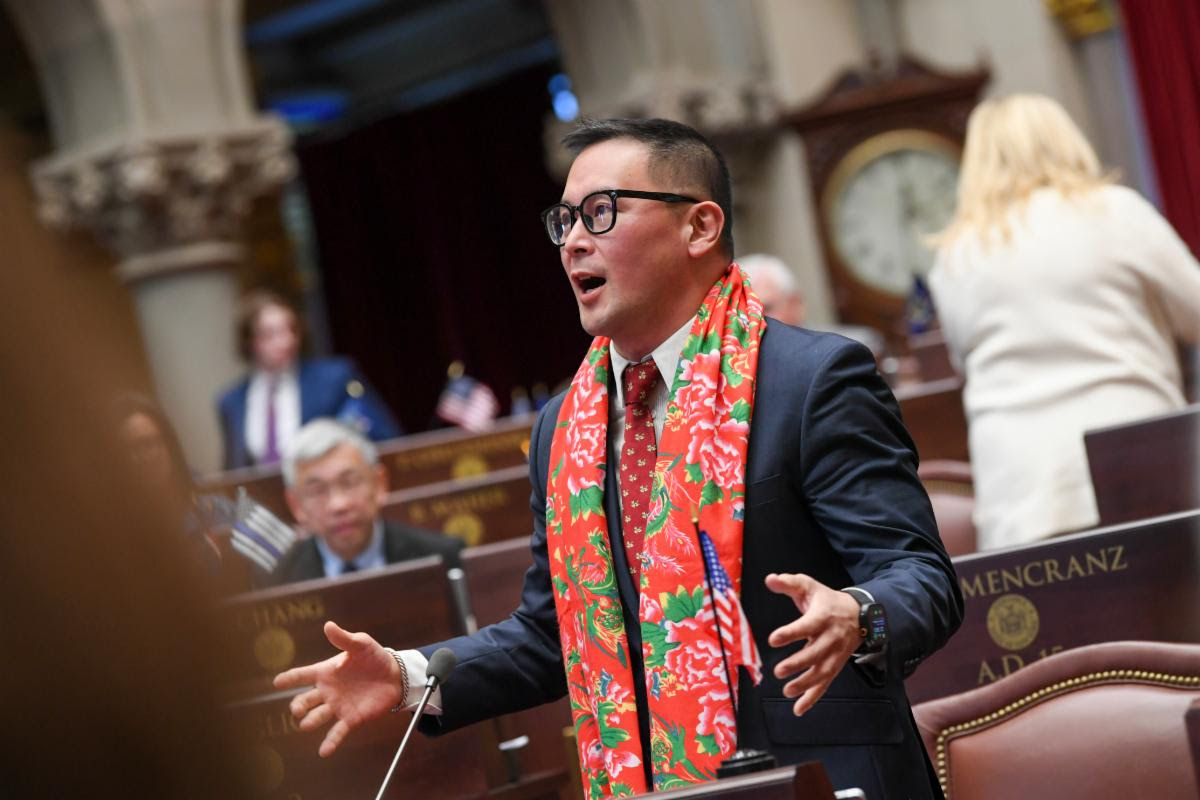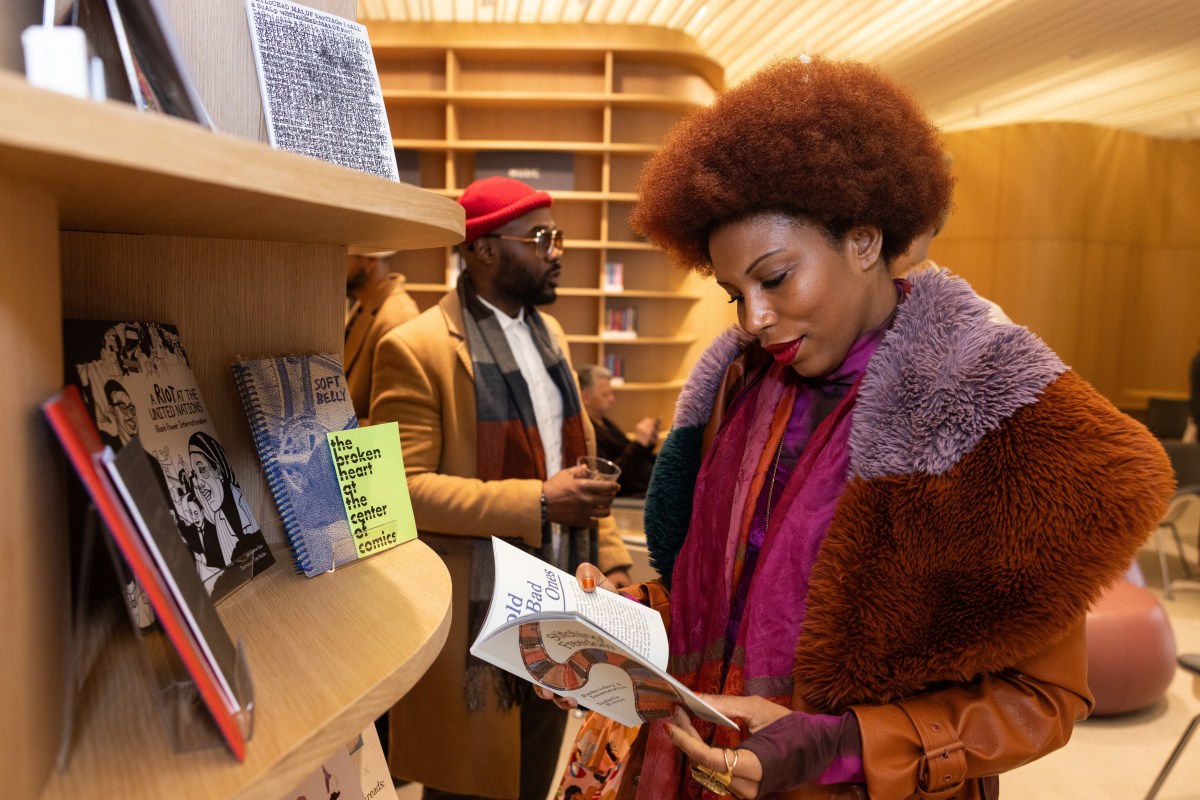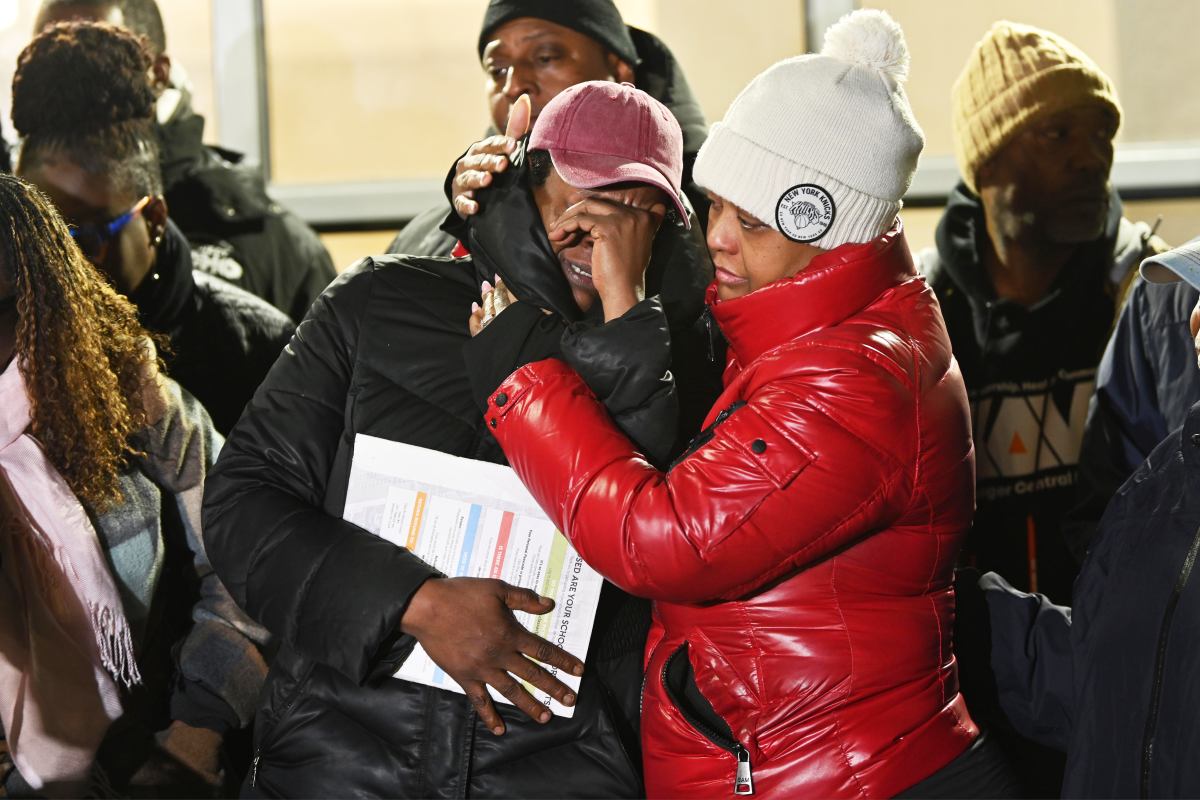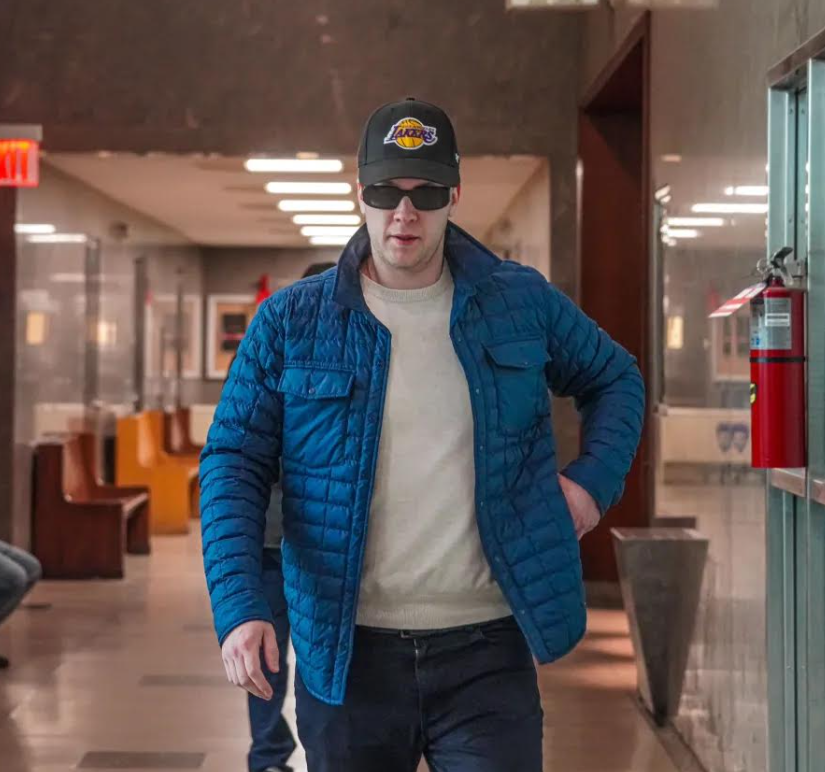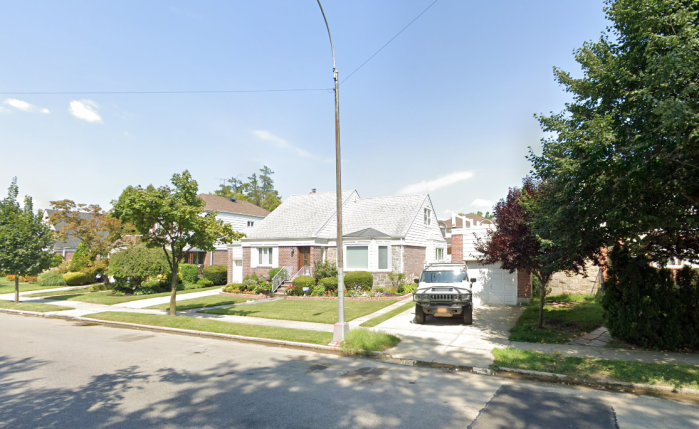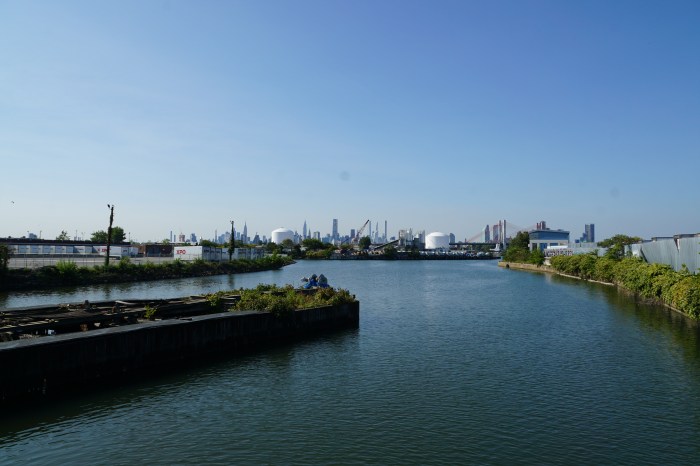New York City has been paving the road to recovery through COVID-19 relief programs and various promotional campaigns that invite tourism and foot traffic back into communities. Some of the hardest hit by the virus were independent entrepreneurs who relied on the hustle and bustle of the Big Apple.
Iconic city areas, such as SoHo were devoid of life just over 17 months ago. Businesses shuttered and boarded their display windows with planks of plywood while others tried their best to remain open for takeout or curbside service. These locations are now looking to not only fully reopen but reinvigorate the SoHo community unlike any other by bringing life back through interactive shopping experiences.
On July 22, the SoHo Broadway Initiative hosted its quarterly round table event via Zoom with a panel to discuss recovery efforts for the neighborhood, including Andrew Kahn of Cushman & Wakefield, Konstance Patton from the SoHo Renaissance Factory, and Sara Schiller creator of Sloomoo Institute. Moderated by SoHo Broadway Initiative Executive Director Mark Dicus, he quizzed the panel regarding the recovery steps going forward, the challenges they face, and their plans for the next few months on rebuilding efforts.
One of the chief discussions came from SoHo business owner, Sara Schiller, who has developed an exhibit that centers on the child favorite DIY activity, slime. Schiller relies on both tourists visiting her merchandise shop as well as purchasing tickets to interact with her exhibit.
Since reopening Schiller has struggled to hire employees due to worker safety concerns in terms of crime in the area, especially on public transportation. While ticket sales have been on a steady rise for the Sloomoo Institute since the indoor mask mandate was lifted, she admitted to using three recruiter agencies in order to find employees.
“We face two big challenges, I think. The first I would say is a perception of security, so whether that is real or not I don’t know. We need our staff to feel secure. We’ve had staff assaulted at 9 o’clock in the morning on their way to Dunkin’ Donuts or work. We gotta be able to get our staff in securely and they have to feel safe,” Schiller said, adding, “We want our staff to feel safe and because we are family-oriented we need our guests to feel safe. Again, it’s perception having clean streets makes people safer, having storefronts that are full and not empty.”
Prior to the pandemic, her company boasted 400 part-time employees but are now struggling just to fill a roaster of 100 to 200 workers. She believes all of this boils down to the aforementioned safety fears.
Dicus agreed that perception makes a vital difference when it comes to attracting visitors to New York City, which is why efforts have been made to keep Broadway clean. He also added that crime statistics show there have been some fluctuations within city; however, there is a perception that New York City is currently unsafe, especially with gun violence.
Konstance Patton from the SoHo Renaissance Factory also added that perception has been her biggest concern as an artist. When she witnessed the boarded-up windows last year, she worked with other artists to paint over the wood creating a sense of beauty instead of desolation.
“It’s a perception of safety, it made it look nicer even though things were rough,” Patton said, adding that while her studio is in the Lower East Side, she has spent much of her time in SoHo and it wasn’t until the pandemic occurred that she really got to see the members of the community who resided in the area rather than simply the retail spaces.
This created meaningful interactions between residents and artists underscoring the crucial nature of art in New York City. Photographers, painters, residents, and others came together to develop a welcoming ambiance, which they hope will invite people back to SoHo.
“We kind of all independently came together to beautify,” Patton said, who is focused on building long-term relationships for other artists to continue to further develop a space that supports art, culture and community.
“We partner with some of the businesses and put artists in front of the businesses in order to drive some foot traffic to them, so a way for the artist to show their work but also a way to really encourage foot traffic in front of some of the places that stayed open,” Patton added.
On July 24, much of the street art Patton and others created on these wooden shutter panels will be exhibited in various areas in SoHo from 2 pm to 8 pm with live music at the Be a Lover Fest.
Each of the panelists agreed that vibrancy and color will attract not only potential customers, but also retailers to purchase office and store space.
“What I feel, and I love, about SoHo is that we are in this together and this is a community, and we all rely on each other to activate and make ourselves and our businesses successful and through doing that we are going to recover faster,” Schiller said.



